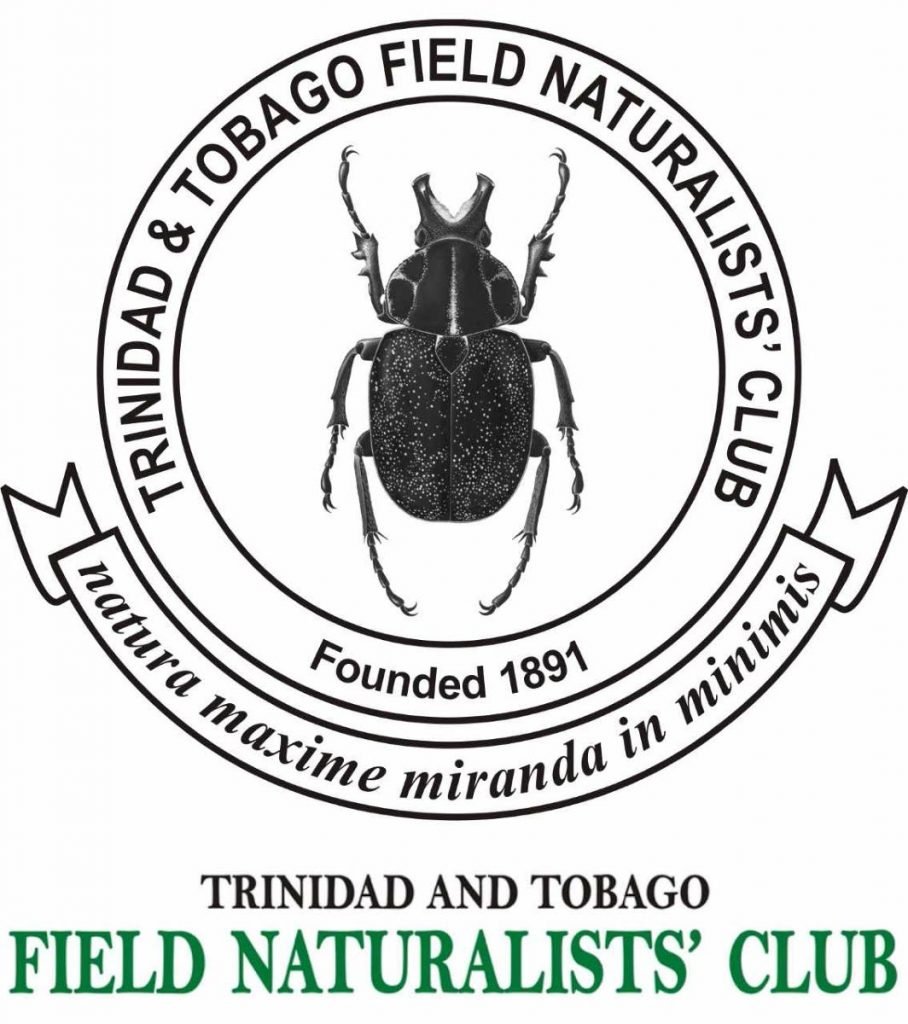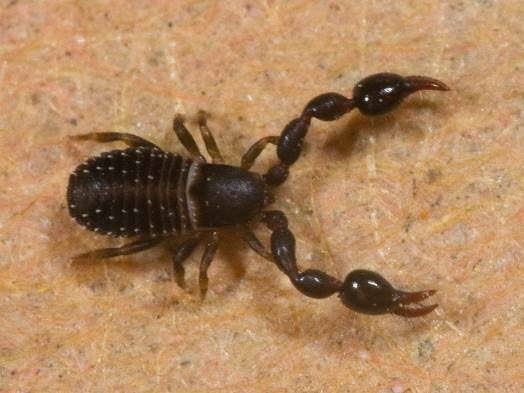The other arachnids

Jo-Anne Nina Sewlal
Mention the word arachnid and many people would instantly think of spiders. Some might even be aware that scorpions fall into this group of creepy-crawlies. However, besides spiders and scorpions, there are many other types of arachnids out there that most people do not know about. This article will look at some of them.
Arachnids are often mistaken for insects but once you know what to look for, it is very difficult to be fooled again. Arachnids have two body segments where the head and chest (thorax) are fused to form what is called a cephalothorax. They also have four pairs of legs and no wings or antennae.
Also, some arachnids resemble other arachnids and the next three groups of arachnids get their common name from their overall resemblance to scorpions. Whipscorpions belong to order Thelyphonida with a body length of up to 85 mm. As their name suggests they resemble scorpions, however their tail is very thin and whip-like called a telson, hence their common name. This tail lacks a stinger and is not used by the arachnid to defend itself or to catch prey but to sense its environment.
There are also tailless whipscorpions which belong to the order Amblypygi. They also have a broad flattened body like a scorpion but possess very large spiny pedipalps (pincers) which they use to grasp and impale their predators which then then rip apart using their jaws. Their first pair of legs is highly modified and resembles long, thin, whip-like antennae and contain numerous sensory receptors. These arachnids can vary in length from eight to 45 millimetres and do not have venom glands. They are nocturnal and are found under barks, caves and can occasionally wander into homes that border forested areas. The worst injury they can cause to humans are thorn-like punctures to fingers from their spiny pedipalps.

Pseudoscorpions are the most minute of the “scorpion-like” arachnids, measuring two to eight millimetres in length and belong to the order Pseudoscorpiones. They also lack a tail (hence the common name false scorpions). They are also called “book scorpions” as they are sometimes found in books. They are also found in moss, leaf litter, under tree bark or stones and in the nests of birds, rodents and in cracks and crevices. They can enter our homes by hitching a ride on larger insects like beetles or flies and make their homes in relatively damp areas such as, bathroom, basements and laundry rooms. Despite their minute size, they have quite a long life with a typical lifespan of two to three years.
They are predators and feed on a variety of insects, by injecting their victims with digestive enzymes contained in their saliva and then consuming their liquefied remains, similar to spiders. However, unlike spiders their poison glands are located in their pedipalps and not in their jaws. Despite the fact that they produce poison that is capable of paralysing insect prey, they do not pose a threat to humans or pets. Pseudoscorpions share a few other similarities with spiders, such as, poor eyesight, and the ability to produce silk which is used to spin small disc-like webs for periods of moulting and for hibernating. They also have sensitive hairs on their impressive pedipalps which are held in front of their body like antennae.
Finally, we will look at Harvestmen which are so called because they were most often seen during the autumn harvest in more northerly latitudes. They are also called “Daddy long legs” because of their tiny bodies and very long thin legs. These arachnids belong to the group or order Opiliones the name derived from the Latin word “opilo” which roughly translates to “shepherd” – a reference to European shepherds who once wore stilts to look over their sheep. Harvestmen do not produce venom, instead they use their jaws to rip their prey apart. These arachnids have quite a varied diet and do not prefer to prey on a specific insect species thus making them good biological control agents. Harvestmen would themselves be tempting targets for predators. To this end, they can even defend themselves with an offensive odour, either as a gas or liquid secretion from their scent glands. They can also shed legs if threatened and over around rapidly on their remaining ones. However, they do not regenerate these lost limbs.
As you can see, there is a lot to learn about these diminutive "mini-beasts".
For more information on our natural environment, you can contact the TT Field Naturalists’ Club at admin@ttfnc.org or visit our website at www.ttfnc.org and our Facebook or YouTube pages.


Comments
"The other arachnids"